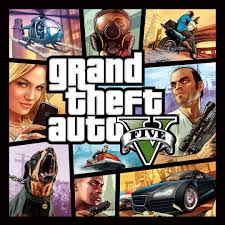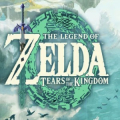25 Years Later: Why *Digimon: The Movie* Deserves a Critical Re-Evaluation as a Bold, Brilliantly Flawed Piece of **Anime History**
Popular Now
 R.E.P.O
R.E.P.O
 FIFA 23
FIFA 23
 Grand Theft Auto V
Grand Theft Auto V
 Minecraft
Minecraft
 Black Myth: Wukong
Black Myth: Wukong
 Genshin Impact
Genshin Impact
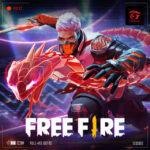 Free Fire
Free Fire
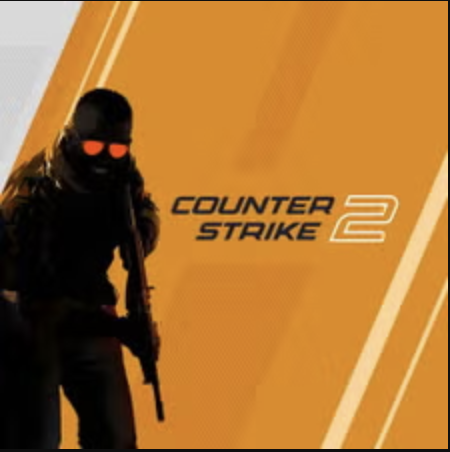 Counter-Strike 2
Counter-Strike 2
 EA SPORT FC 25
EA SPORT FC 25
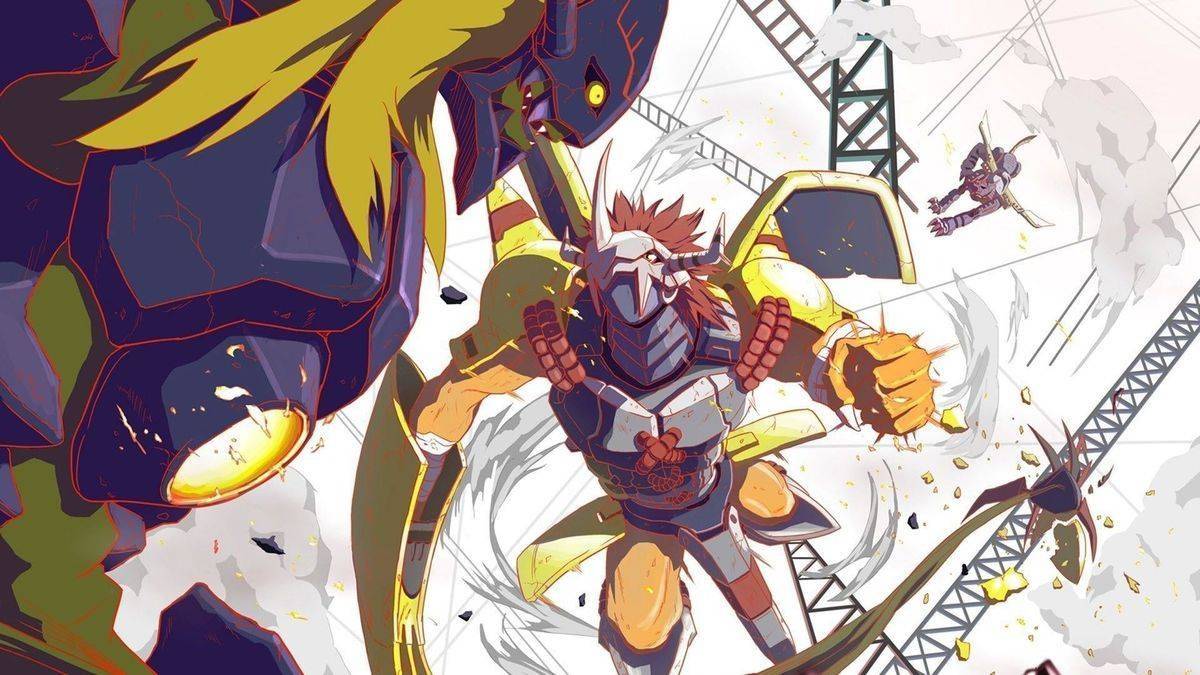 On the 25th anniversary of its North American release, Digimon: The Movie (2000) remains one of the most polarizing and fascinating artifacts in the history of localized anime. Dismissed by critics upon release and frequently mocked by purists for its aggressive re-editing and Americanized soundtrack, the film’s cultural and artistic merits are still profoundly underrated. It was a Frankenstein’s monster of a film, a single feature stitched together from three separate Japanese *Digimon Adventure* and *Adventure 02* short films, yet it achieved a unique, frenetic energy and emotional core that resonated deeply with a generation of Western viewers.
On the 25th anniversary of its North American release, Digimon: The Movie (2000) remains one of the most polarizing and fascinating artifacts in the history of localized anime. Dismissed by critics upon release and frequently mocked by purists for its aggressive re-editing and Americanized soundtrack, the film’s cultural and artistic merits are still profoundly underrated. It was a Frankenstein’s monster of a film, a single feature stitched together from three separate Japanese *Digimon Adventure* and *Adventure 02* short films, yet it achieved a unique, frenetic energy and emotional core that resonated deeply with a generation of Western viewers.
This box-office success—grossing over **$16 million** against a modest **$5 million budget**—was more than just a quick cash grab; it was a defining moment for the *Digimon* franchise in the West, cementing its identity as the edgier, more emotionally complex alternative to its primary competitor.
The *Frankenstein* Edit: A Bold, Unconventional Narrative Structure
The core controversy surrounding *Digimon: The Movie* is its composition. It combined three distinct Japanese films—*Digimon Adventure (1999)*, *Our War Game! (2000)*, and *Hurricane Touchdown!! / The Golden Digimentals (2000)*—and presented them as a single, contiguous narrative spanning eight years of the DigiDestined’s lives. This editorial choice was a massive **risk**. To achieve cohesion, the Western localization team, led by writers/directors Jeff Nimoy and Bob Buchholz, made significant cuts (especially to the third segment) and added new, connecting dialogue to bridge the chronological and thematic gaps.
- The Precursor of *Summer Wars*: The middle segment, adapted from Mamoru Hosoda’s masterpiece *Our War Game!*, is a breathtaking visual spectacle that pre-dates and heavily inspired Hosoda’s own film *Summer Wars*. Its depiction of a high-stakes, digital war fought across the internet was groundbreaking **digital animation** at the time and remains a triumph of visual storytelling.
- Thematic Density: Despite the cuts, the film tackled themes of childhood innocence, the nature of digital communication, and the pain of growing up—all within an 88-minute runtime. No other children’s film of the era attempted such a sprawling, complex, and **character-driven** timeline.
- A Time Capsule of Dubbing: The localization employed the common, yet now-defunct, practice of adding non-sequitur jokes and puns. While these moments frustrate purists, they are also a charming time capsule of the late 90s/early 2000s anime dubbing era, providing a genuine sense of comedic irreverence and nostalgia marketing that many older fans still celebrate.
The Soundtrack: An Iconic, High-Value **Music Licensing** Feat
Perhaps the single most memorable, and most expensive, aspect of *Digimon: The Movie* was its legendary rock and pop soundtrack. Completely replacing the Japanese orchestral score, the English version featured a high-octane mix of licensed tracks from popular bands, making it a cultural phenomenon unto itself. The use of tracks by artists like Smash Mouth (with the inescapable *All Star*), Fatboy Slim, Less Than Jake, and The Mighty Mighty Bosstones instantly established the film’s unique, Americanized rhythm.
The audacious “Digi-Rap” and the overall frenetic pace set by the music elevated the film’s perceived energy, effectively positioning *Digimon* as a more contemporary and “cooler” product for its target demographic. This licensed soundtrack, a feat of high-cost advertising, remains one of the greatest barriers to its easy re-release and digital availability today, inadvertently contributing to its cult status and streaming exclusivity problems.
A Legacy of Influence and Undervalued Emotional Resonance
While often overshadowed by the larger *Pokémon* franchise in mainstream discourse, *Digimon: The Movie* holds an important place in the history of anime’s growth in the West. Its success fueled the continuing broadcast of *Digimon Adventure 02* and solidified the brand’s place as a genuine competitor in the lucrative **monster-catching IP** market.
The final, heavily-edited segment, focusing on the new character Willis and his twin Digimon, Terriermon and Kokomon, injected an unexpectedly melancholic and deeply personal narrative of loss and corrupted friendship. This storyline, despite its abbreviated form, showcased the franchise’s potential for darker, more mature storytelling than its contemporaries, distinguishing it from other **family-friendly entertainment** of the time.
In conclusion, while the film is an objective mess of stitched-together cinema—a fact that its abysmal 24% Rotten Tomatoes score attests to—it is a brilliant mess. It took disparate pieces of art and, through sheer audacity and a perfectly timed pop-punk soundtrack, forged a new, emotionally resonant film that defined a childhood for millions. *Digimon: The Movie* doesn’t deserve scorn; it deserves to be studied as a unique, commercially successful, and ultimately beloved example of what happens when a localization team takes a massive creative gamble, forever solidifying its place as a quintessential, if flawed, **millennial anime classic**.

